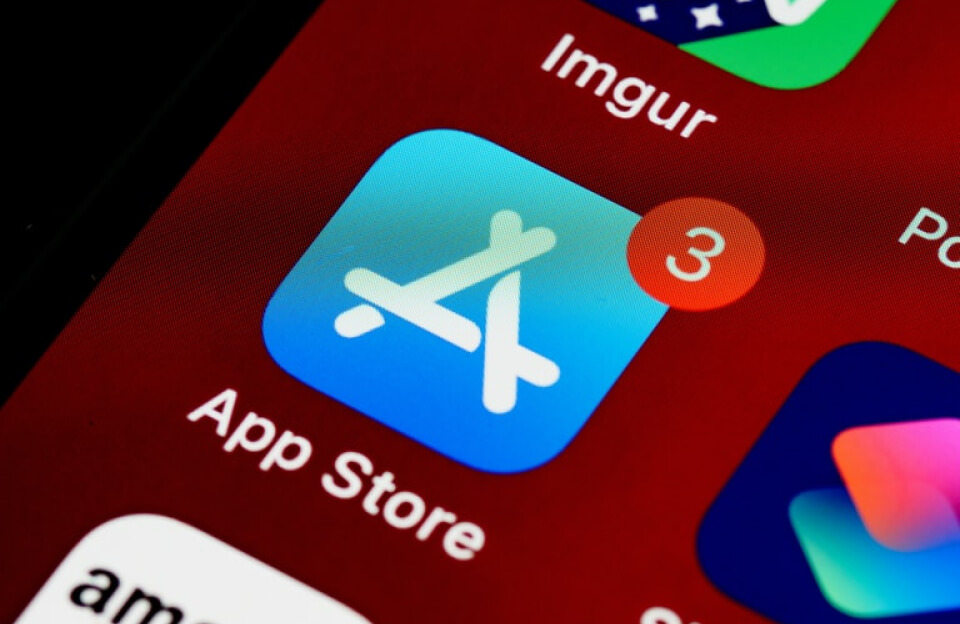In the last decade, apps have become inseparable from our daily lives. From banking to social networking, file sharing to healthcare, we rely on mobile and web applications for almost everything. But as apps grow more powerful, cybercriminals grow more sophisticated. The question for 2025 is clear: how safe is your data really when using these apps?
This article explores the state of app security in 2025, the latest risks, the improvements developers are making, and what you as a user can do to safeguard your personal information.
The Current State of App Security
By 2025, most apps operate in a highly connected ecosystem that spans across multiple devices—smartphones, wearables, desktops, and even smart cars. This interconnectedness creates more entry points for hackers, meaning security is no longer a “feature” but a necessity.
The good news is that biometric logins, end-to-end encryption, and stronger authentication systems have become the standard. The bad news is that attackers are also using AI and automation to find vulnerabilities faster than ever before.
Common App Security Threats in 2025
- AI-Driven Phishing Attacks
Scammers now deploy highly personalized phishing attempts generated by AI, making fraudulent emails and in-app messages almost indistinguishable from legitimate ones. - Insecure File Sharing
Apps that allow users to transfer files often cut corners on encryption. Many people still rely on outdated platforms, unaware that they expose sensitive data to interception. Safer solutions, such as a modern file share website like FileFlap, provide secure ways to transfer large files online without risking leaks. - Data Harvesting via Free Apps
The “free app” model often comes at the cost of your data. Advertisers and third-party trackers buy access to user behavior, sometimes without explicit consent. - Weak API Security
As more apps depend on third-party integrations, poorly secured APIs (application programming interfaces) remain one of the largest threats to app safety.
What Developers Are Doing to Improve Security
Developers and tech companies are more aware of cybersecurity risks than ever. Some of the biggest improvements include:
- Zero-Trust Architecture: Instead of assuming trusted devices or networks, apps now constantly verify user identity.
- On-Device AI Security: Smartphones are equipped with local AI to detect suspicious activities in real time.
- Regulatory Pressure: Governments worldwide are enforcing stricter data protection laws, forcing app makers to prioritize security.
- Quantum-Safe Encryption: With quantum computing on the horizon, new encryption methods are being tested to stay ahead of future threats.
What You Can Do to Protect Yourself
Even with improved app security, users still play a critical role in safeguarding their data. Here are some practical steps:
- Enable Multi-Factor Authentication (MFA): Never rely on just a password.
- Use Secure File Transfer Tools: Instead of outdated apps, choose platforms designed with privacy in mind—especially when you need to send large files for work or personal use.
- Regularly Update Apps: Outdated apps often contain known vulnerabilities.
- Be Wary of Permissions: If a flashlight app requests access to your contacts and location, it’s a red flag.
- Encrypt Your Device: Built-in encryption options add another layer of defense if your device is stolen.
The Future of App Security Beyond 2025
Looking ahead, app security will likely move toward self-healing applications—apps capable of detecting and patching their own vulnerabilities instantly. Blockchain verification and decentralized identity management are also gaining traction, giving users more control over their own digital footprints.
Conclusion
App security in 2025 is both promising and concerning. While developers are implementing cutting-edge protections, cybercriminals are evolving just as quickly. The balance between innovation and risk remains fragile, and the responsibility to protect personal data lies with both creators and users.
Ultimately, awareness is the first line of defense. By staying informed, using secure tools, and practicing digital hygiene, you can navigate the app-driven world of 2025 with greater confidence.


